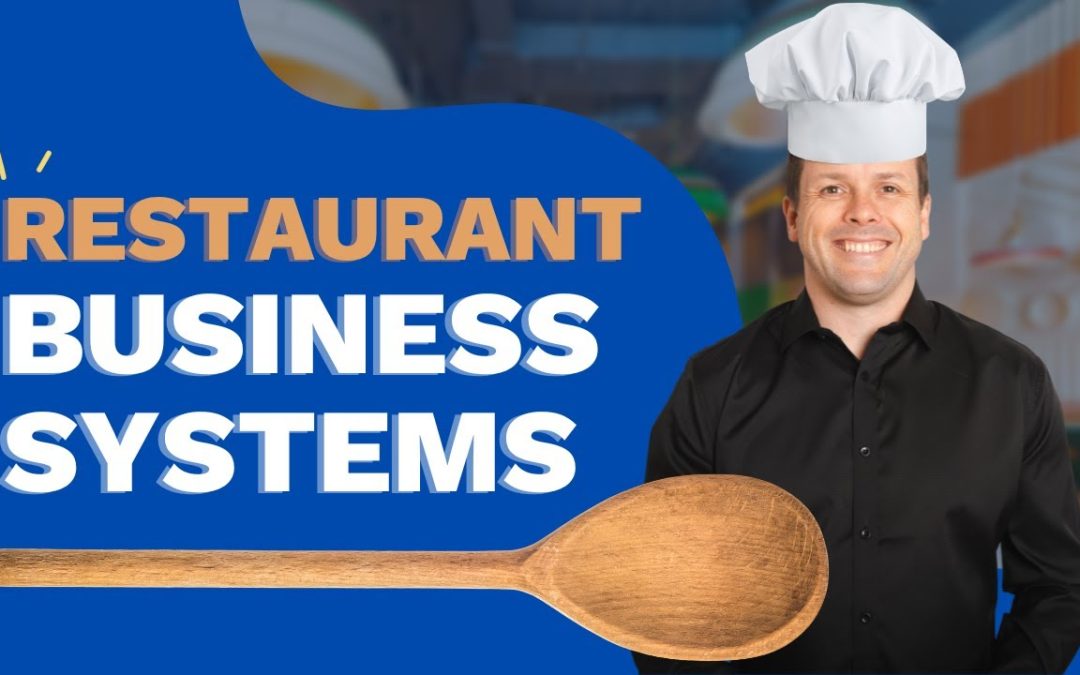How do you identify client journeys for different industries?
The beauty of the Critical Client Flow (CCF) is that it works for all businesses in various industries. It’s a universal tool that helps you identify the top 10 – 15 systems you should document first. And maps how your clients experience your core product or service.
It’s a great place to begin as you systemise your business.
And whilst the CCF may look different from industry to industry, it captures the same linear journey. So seeing the CCF for other industries will help you understand how it works for yours.
The aim of the CCF is to identify:
➡️ Your ideal client
➡️ The product/service
➡️ Your customers’ journey
An excellent example of a different CCF is in hospitality. Because customers come in, sit down and eat, you will notice the sales process is left blank. The bulk of the journey is Then mapped out in the delivery stage.
In this video, Dave walks us through capturing a front-of-house dining experience. And explains the difference when mapping a CCF where the sales cycle is shorter than a typical business.
Timestamps:
00:30 – How to identify your top 10-15 systems
00:56 – An example of a CCF for a restaurant
01:38 – The target product and target client
02:05 – Mapping the customer journey
03:35 – How systems are captured in different parts of the journey
04:14 – How to scale your business afterwards
04:44 – Every business has a Critical Client Flow
05:03 – Grab your copy of SYSTEMology today
Transcription:
SYSTEMology’s Critical Client Flow exercise aims to focus our attention and identify the top 10 to 15 systems that we should document first as you start to customize your business. A map of how your prospects and clients experience your core product or service can be a great place to begin as you systematize your business.
As an example, let’s look at the hospitality industry’s critical client flow, one of the industries in which we frequently receive questions. There are some industries, such as restaurants or e-commerce, that may have a shorter sales cycle, such as those which do not require a meeting with clients, qualifying them, sending them proposals, and following up with them. Let’s say the restaurant industry doesn’t have that kind of sales approach. Often, as people work through the critical client flow, they find it difficult to make that leap because the prompts are meant to cover a variety of businesses.
In the CCF (Critical Client Flow) we should identify the following:
Target Client
Product / Service
In this example, we have the office workers near the restaurant who wish to dine in as the target client. And the product here is the front-of-house dining experience.
Then we could map the linear journey that a potential client goes through to receive the front-of-house dining experience to understand how the business gains attention through walk-ins, SEO, referrals, and media publication.
Once a customer makes an inquiry, they may be looking to book through a booking app, walk in off the street, or call to make their reservation. A restaurant sales cycle is a little different, we are not generating a lengthy proposal. Someone walks in, gets greeted by the host, looks at the menu, is served, and then closes out, pays, and leaves.
Just like in hospitality some of these boxes can be left blank if they don’t apply in the CCF. Similarly, with an e-commerce website, where people add products to their cart and then check out again, there isn’t a lengthy sales process, so the boxes can be left blank.
A restaurant sales cycle is a little different, we are not generating a lengthy proposal. Someone walks in, gets greeted by the host, looks at the menu, is served, and then closes out, pays, and leaves.
Our objective here is to create a linear journey from beginning to end, grabbing the attention of your target audience right up through delivery, and then getting them onto your database so they can return and do repeat business with you.
Looking at the hospitality industry, we see that they are greeted by the host, followed by delivery or floor service. Then they go up the front, close out the transaction, pay, and follow up.
Do these empty boxes mean that there are infinitely more opportunities for systemization in the restaurant industry? No, usually, if a business is a light on detail in some areas, it’s more detailed in other areas.
Think of the restaurant industry again. The front and back of the house would need to be set up, food would need to be prepared. The delivery of that food involves many different aspects and there are bound to be a range of systems underneath it.
As you move on to stage six of the SYSTEMology program, where we talk about scale and we explore the different departments, there are going to be other systems that are likely more relevant for the food industry. There will be a range of different systems that apply when ordering stock in the restaurant business. When you take that approach, and you just look for the beginning, you will get some tension all the way to the delivery of the core product or service and then get them to come back.
There is a critical client flow in every business. It is about finding the ideal target client and determining the most probable linear path that they take.
If you have any additional questions, you can get a copy of the SYSTEMology book on Amazon or get involved in the SYSTEMology community.









